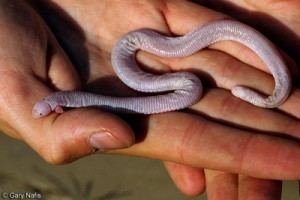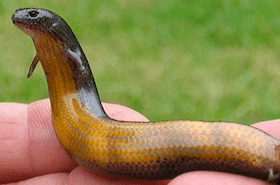Genus Bipes Higher classification Bipes | Phylum Chordata Scientific name Bipes biporus Rank Species | |
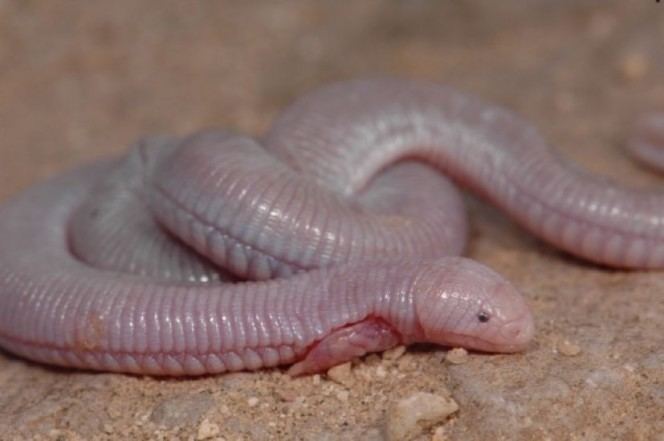 | ||
Similar Bipes, Reptile, Amphisbaenia, Bipedidae, Scaled reptiles | ||
The Mexican mole lizard (Bipes biporus), commonly known as the five-toed worm lizard, or simply as Bipes, is a species of amphisbaenian, which is endemic to the Baja California Peninsula. It is one of four species of amphisbaenians that have legs. It should not be confused with the axolotl, a salamander (Ambystoma mexicanum), which is usually called ajolote in Spanish. It is commonly found in Baja California.
Contents
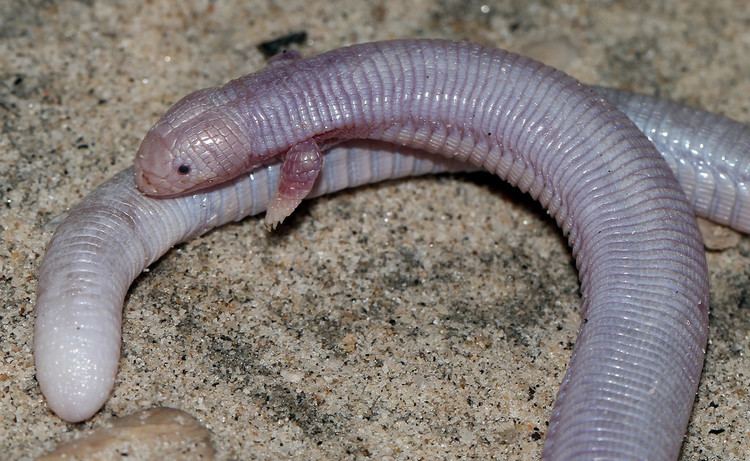
Description
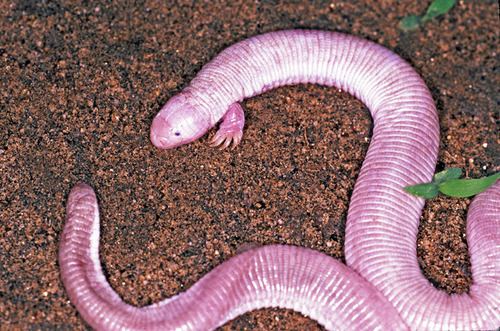
They are pink, worm-like lizards, 18–24 cm (7.1–9.4 in) snout-to-vent length and 6–7 mm (0.24–0.28 in) in width, that live for one to two years. Their skin is closely segmented to give a corrugated appearance, and like earthworms, their underground movement is by peristalsis of the segments. The forelegs are strong and paddle-like, while the hindlegs have disappeared, leaving behind only vestigial bones visible in X-rays.
Reproduction
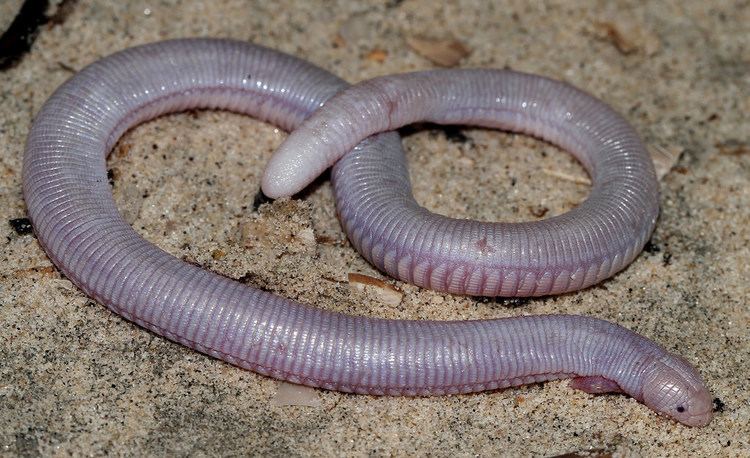
This species is oviparous and the females lay one to four eggs in July. The species only breeds underground. The eggs hatch after two months.
Geographic range
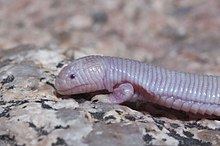
The Mexican Mole lizard (B. biporus) is found in the states of Baja California, Baja California Sur, Guerrero and Chiapas, in Mexico.
Behavior
Like all other amphisbaenians, this burrowing species only surfaces at night or after heavy rain.
Diet
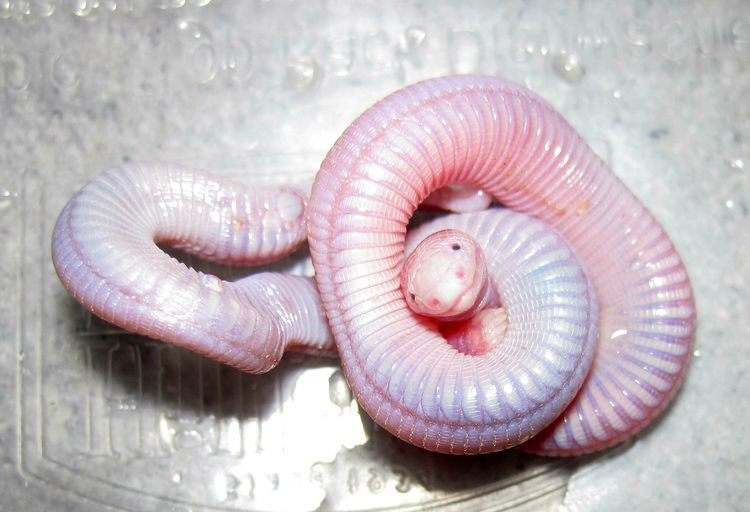
It is an opportunist carnivore and eats ants, termites, ground-dwelling insects, larvae, earthworms, and small animals including lizards. It usually pulls its prey down to the ground to start its meal.
Popular Culture
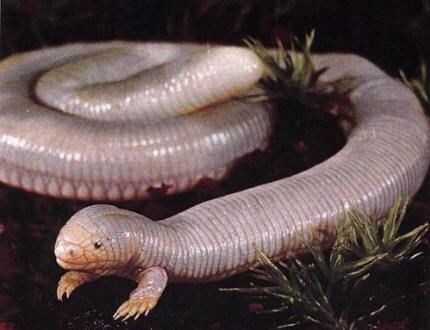
The Mexican mole lizard may have influenced the design and real world like characteristics of the fictional two legged lizards known as "Skull Crawlers" which are reptilian kaiju portrayed as King Kong's nemesis.
